Photo-Induced Unpinning of Fermi Level in WO3
Abstract
:1. Introduction
2. General background
3. Experimental Section
4. Results and discussion
4.1. Investigation by electron microscopy techniques
4.2. Investigation by photoactivation
5. Conclusions
Acknowledgments
References
- Granqvist, C.G. Handbook of Inorganic Electrochromic Materials; Elsevier: Amsterdam, 1995. [Google Scholar]
- Faglia, C.; Baratto, C.; Sberveglieri, G.; Zha, M.; Zappettini, A. Adsorption effects of NO2 at ppm level on visible photoluminescence response of SnO2 nanobelts. Appied Physics Letters 2005, 86, 11923–11925. [Google Scholar]
- Shimizu, Y.; Egashira, M. Basic Aspects and Challenges of Semiconductor Gas Sensors. MRS Bulletin 1999, 24, 18–24. [Google Scholar]
- Blo, M.; Carotta, M.C.; Galliera, S.; Gherardi, S.; Giberti, A.; Guidi, V.; Malagù, C.; Martinelli, G.; Sacerdoti, M.; Vendemiati, B.; Zanni, A. Synthesis of pure and loaded powders of WO3 for NO2 detection through thick film technology. Sensors and Actuators B 2004, 103, 213–218. [Google Scholar]
- Bonini, N.; Carotta, M.C.; Chiorino, A.; Guidi, V.; Malagù, C.; Martinelli, G.; Paglialonga, L.; Sacerdoti, M. Doping of a nanostructured titania thick-film: Structural and electrical investigations. Sensors and Actuators B 2000, 68, 274–280. [Google Scholar]
- Malagù, C.; Guidi, V.; Stefancich, M.; Carotta, M.C.; Martinelli, G. Model for Schottky barrier and surface states in nanostructured n-type semiconductors. Journal of Applied Physics 2002, 91, 808–814. [Google Scholar]
- Malagù, C.; Guidi, V.; Carotta, M.C.; Martinelli, G. Unpinning of Fermi level in nanocrystalline semiconductors. Applied Physics Letters 2004, 84, 4158–4160. [Google Scholar]
- Comini, E.; Cristalli, A.; Faglia, G.; Sberveglieri, G. Photo activation in gas sensors: a new method to reduce the working temperature. Proc. 7th IMCS, Beijing, China, 27–30 July 1998; pp. 509–511.
- Barsan, N.; Weimar, U. Conduction Model of Metal Oxide Gas Sensors. Journal of Electroceramics 2001, 7, 143–167. [Google Scholar]
- Bardeen, J. Surface States and Rectification at a Metal Semi-Conductor Contact. Physical Review 1947, 71, 717–727. [Google Scholar]
- Miyake, K.; Kaneko, H.; Teramoto, Y. Electrical and optical properties of reactively sputtered tungsten oxide films. Journal of Applied Physics 1982, 53, 1511–1515. [Google Scholar]
- Feenstra, R.M. Electronic states of metal atoms on the GaAs(110) surface studied by scanning tunneling microscopy. Physical Review Letters 1989, 63, 1412–1415. [Google Scholar]
- Morrison, S. R. The Chemical Physics of Surfaces; Plenum Press: New York, 1977. [Google Scholar]
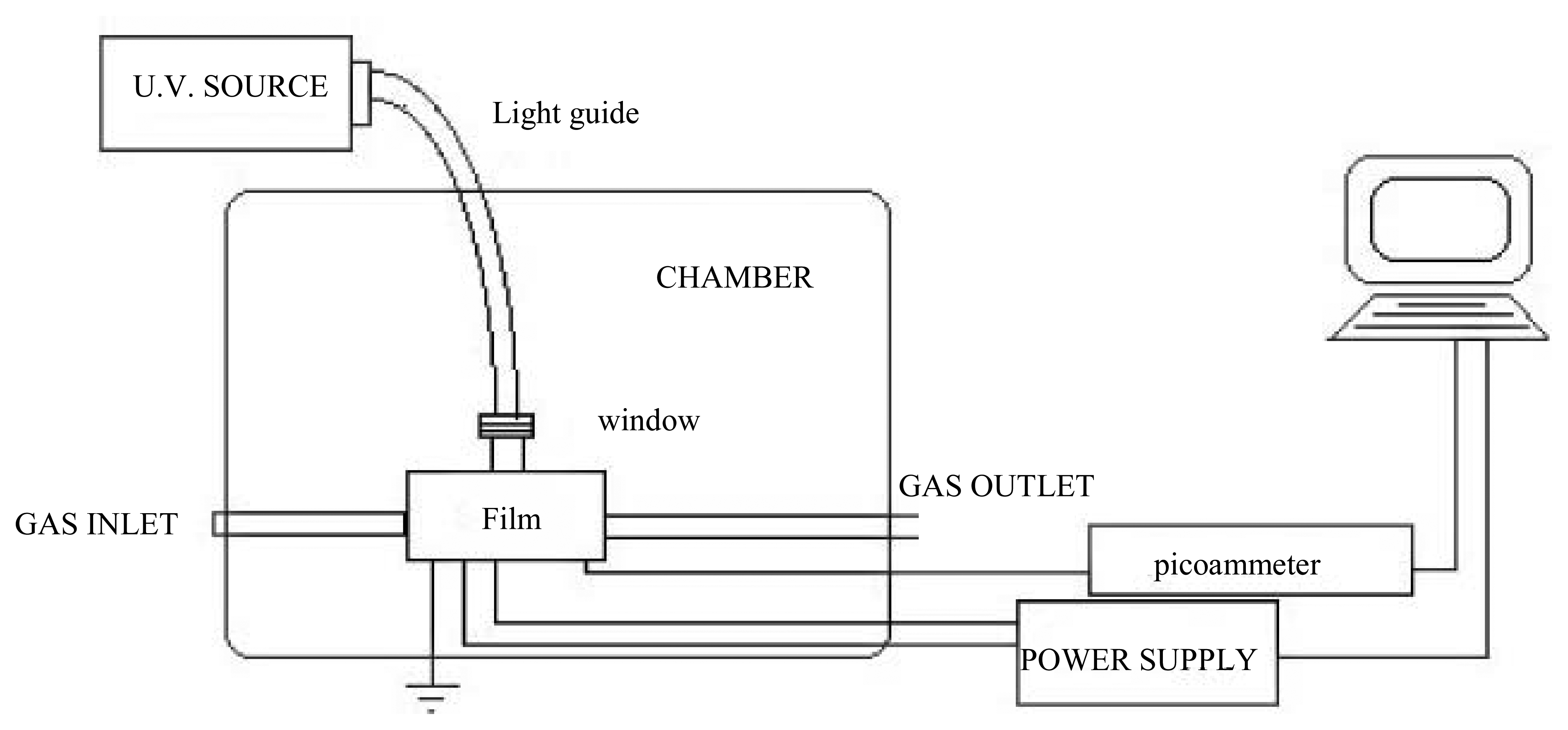

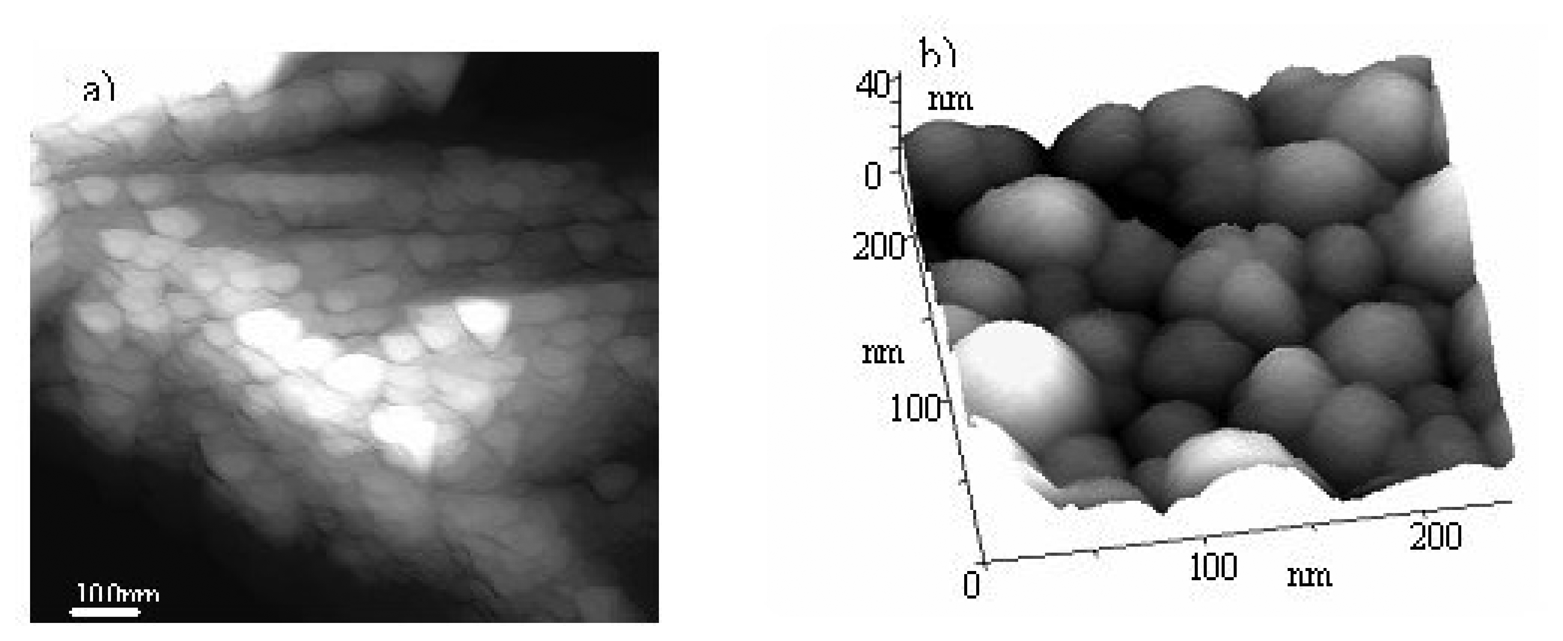
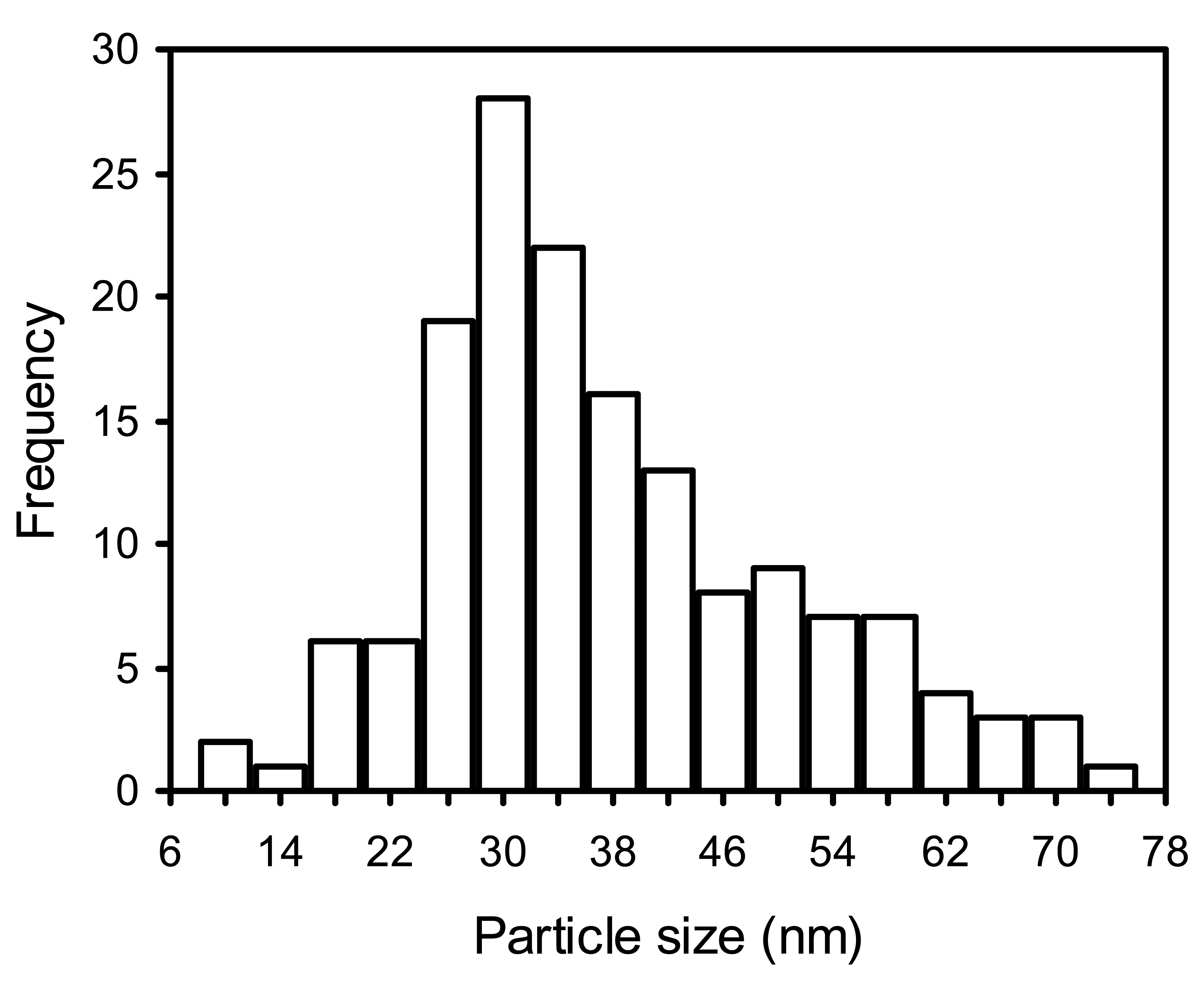


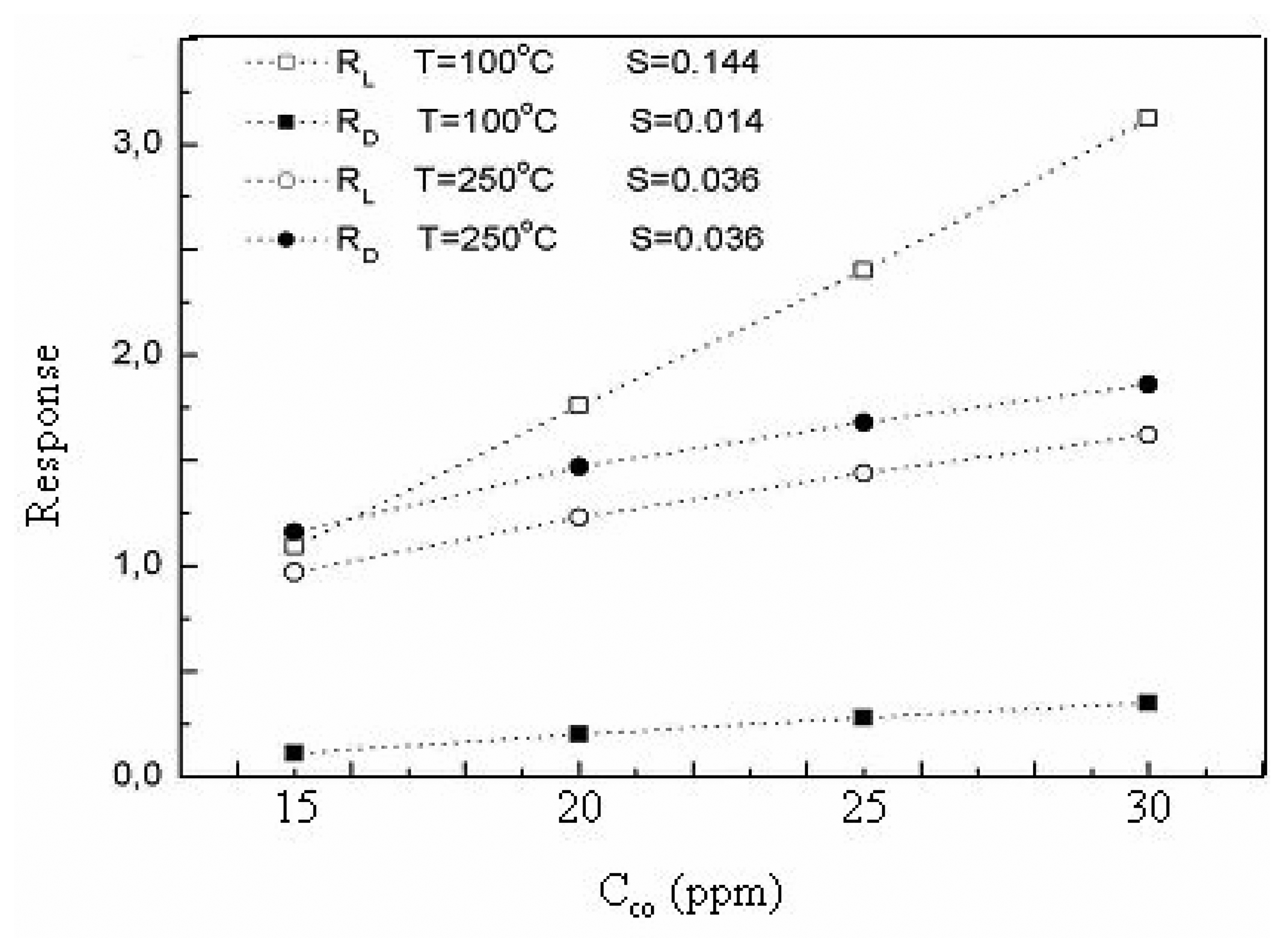
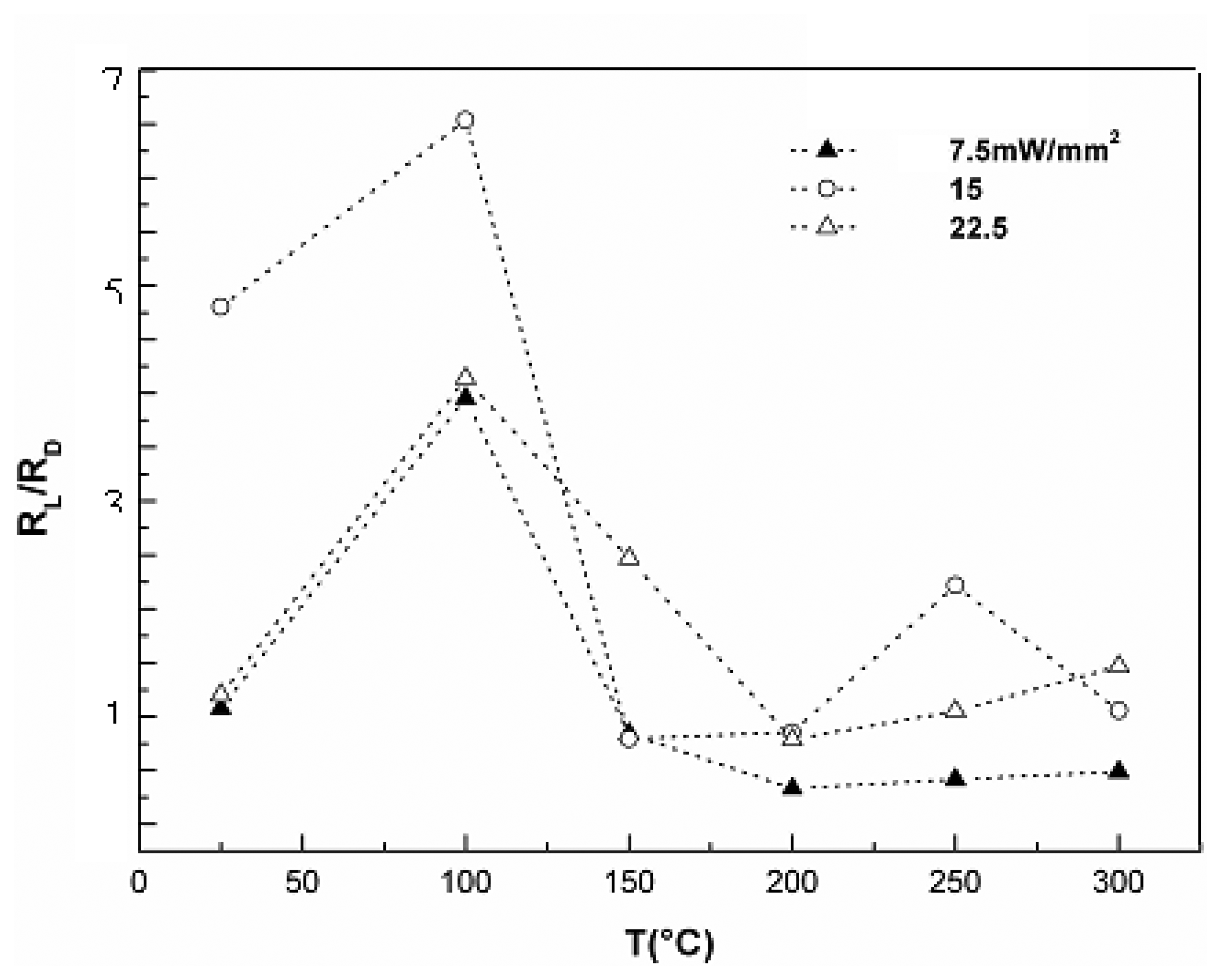
© 2005 by MDPI ( http://www.mdpi.org). Reproduction is permitted for noncommercial purposes.
Share and Cite
Malagù, C.; Carotta, M.C.; Comini, E.; Faglia, G.; Giberti, A.; Guidi, V.; Maffeis, T.G.G.; Martinelli, G.; Sberveglieri, G.; Wilks, S.P. Photo-Induced Unpinning of Fermi Level in WO3. Sensors 2005, 5, 594-603. https://doi.org/10.3390/s5120594
Malagù C, Carotta MC, Comini E, Faglia G, Giberti A, Guidi V, Maffeis TGG, Martinelli G, Sberveglieri G, Wilks SP. Photo-Induced Unpinning of Fermi Level in WO3. Sensors. 2005; 5(12):594-603. https://doi.org/10.3390/s5120594
Chicago/Turabian StyleMalagù, Cesare, Maria C. Carotta, Elisabetta Comini, Guido Faglia, Alessio Giberti, Vincenzo Guidi, Thierry G.G. Maffeis, Giuliano Martinelli, Giorgio Sberveglieri, and Steve P. Wilks. 2005. "Photo-Induced Unpinning of Fermi Level in WO3" Sensors 5, no. 12: 594-603. https://doi.org/10.3390/s5120594






